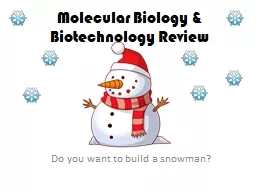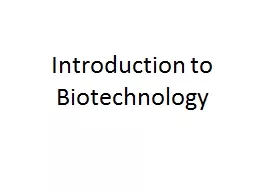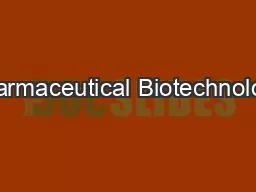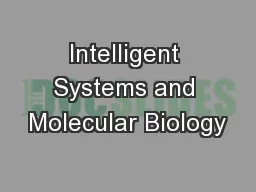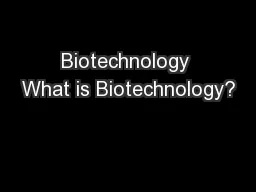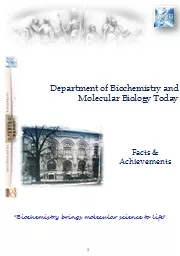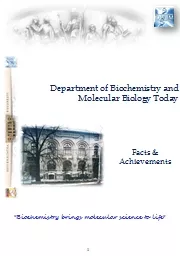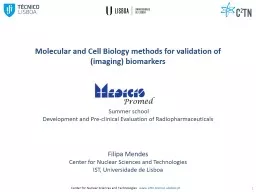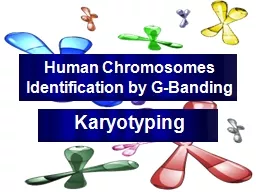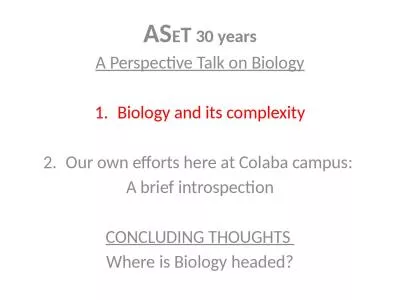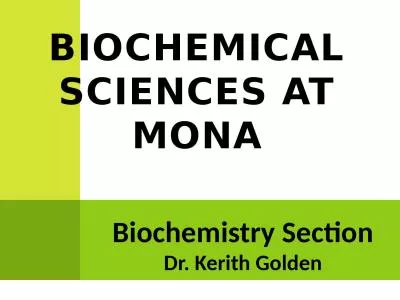PPT-Molecular Biology & Biotechnology Review
Author : kittie-lecroy | Published Date : 2018-12-07
Do you want to build a snowman Snowman Challenge Rules Teams will take turns answering questions Each question answered correctly will earn your team a snowman
Presentation Embed Code
Download Presentation
Download Presentation The PPT/PDF document "Molecular Biology & Biotechnology Re..." is the property of its rightful owner. Permission is granted to download and print the materials on this website for personal, non-commercial use only, and to display it on your personal computer provided you do not modify the materials and that you retain all copyright notices contained in the materials. By downloading content from our website, you accept the terms of this agreement.
Molecular Biology & Biotechnology Review: Transcript
Download Rules Of Document
"Molecular Biology & Biotechnology Review"The content belongs to its owner. You may download and print it for personal use, without modification, and keep all copyright notices. By downloading, you agree to these terms.
Related Documents

